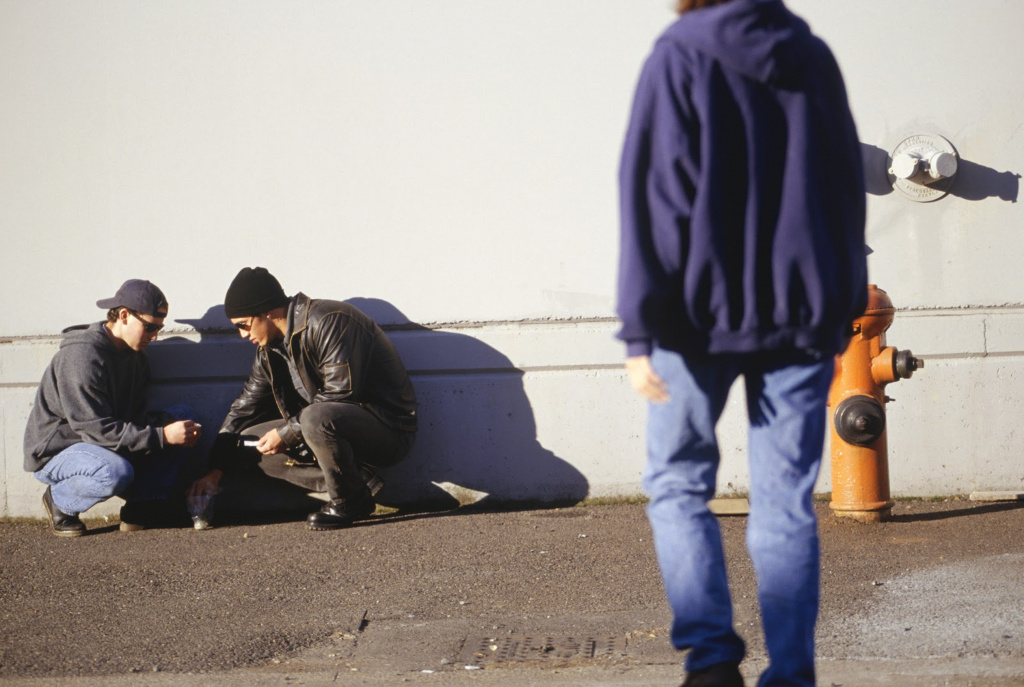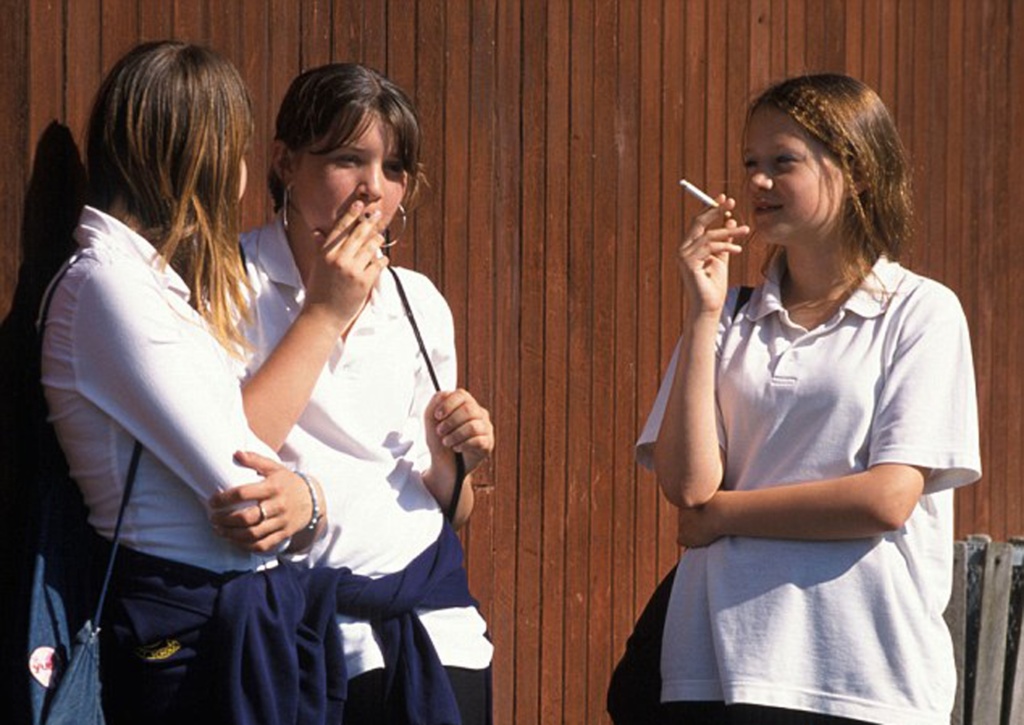
Risk-taking behaviour in adolescence is nothing new. It’s part of their transition from childhood to adolescence, and the move towards independence from parents and families.
However, for some young people, risk-taking behaviour leads to unintended problems and difficult patterns of behaviour which families, schools and services struggle to address. Common teenage risk-taking behaviour that can cause concern includes:
- fighting
- truancy
- risky sexual behaviour
- alcohol use
- illegal substance use
- smoking
- dangerous driving
- illegal activities like trespassing or vandalism.1

Teachers are well-placed to help young people comprehend and mitigate risks that they face in everyday life. We will explore how shortly, but first: why do young people indulge in risk-taking behaviour?
Understanding why teens take risks
Historically, the method used to address risky behaviours was the ‘information deficit’ model – a belief that young people take risks with their health and wellbeing because they do not have enough information to fully understand the risks and believe, to some extent, that they are immortal.
The accepted wisdom ‘if only they knew how dangerous that is’ presents us with a challenge and an important question: do young people take risks or experiment with behaviours we are concerned with because they do not know enough? The answer is, simply, no.

All young people know that drugs are dangerous and that having unsafe sex is risky, but we persist in thinking that, by giving more information, it will determine a set of behaviours that prevent them from harm. If it was that easy, then we would only need posters in the corridor to help young people make good choices.